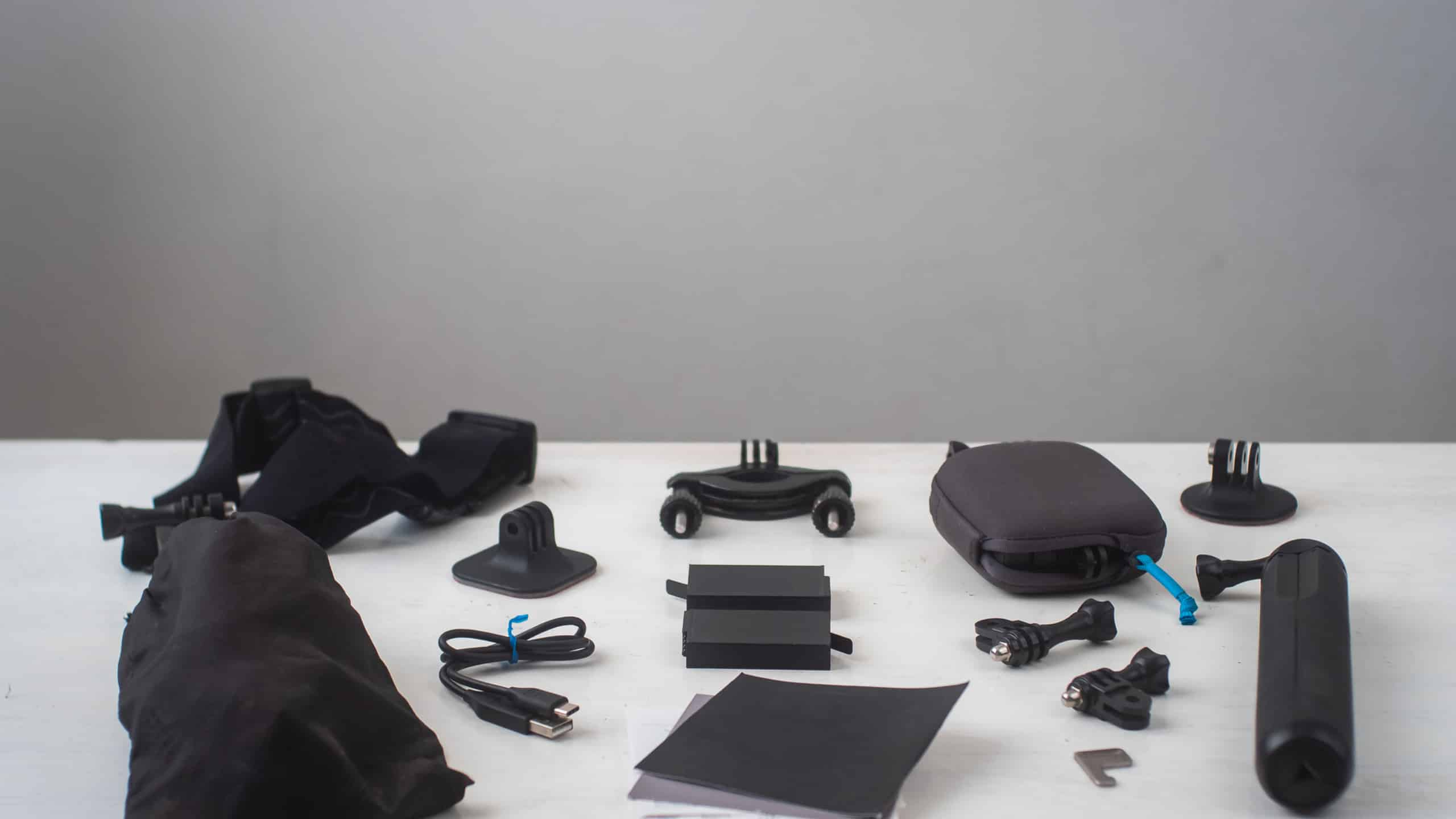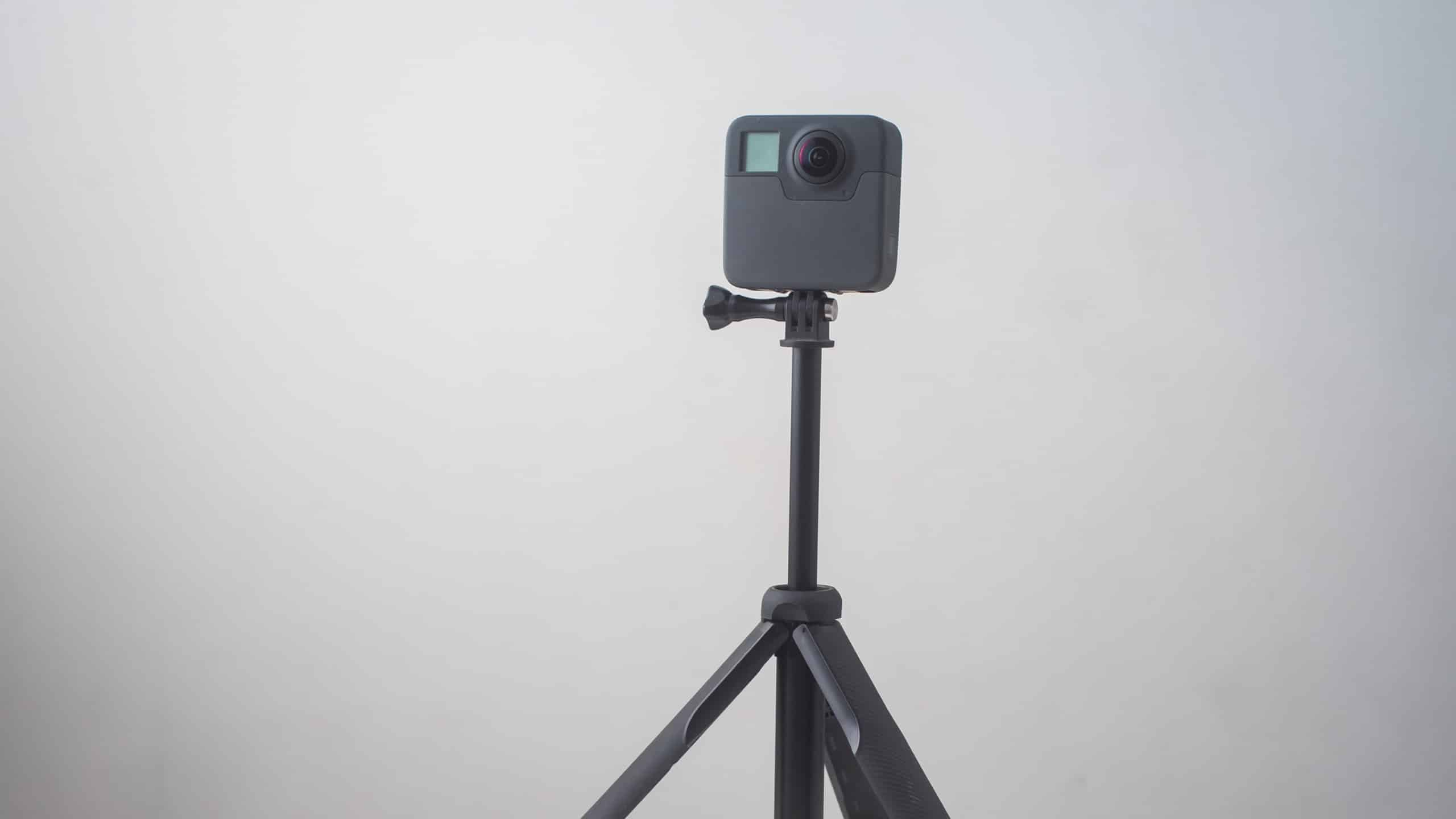

AI-powered editing tools can automatically stitch together multiple images, adjust lighting and color, and even remove unwanted objects from a scene, saving photographers valuable time and effort. The rise of virtual reality (VR) and augmented reality (AR) technologies is also influencing the future of 360 photography. As VR headsets become more popular and affordable, there is an increasing demand for high-quality 360 content to be used in immersive experiences. Similarly, AR applications are utilizing 360 photos to create interactive overlays that blend the physical world with digital elements, creating unique storytelling opportunities for photographers.
With platforms like Facebook and Instagram supporting 360 content, photographers have a wider audience than ever before to share their immersive images with. This increased visibility is fueling creativity and pushing the boundaries of what can be achieved with 360 photography. Overall, the future of 360 photography looks bright as these trends continue to shape the industry.
How to become a successful 360 photographerBecoming a successful 360 photographer is more than just mastering the technical aspects of photography. It requires a combination of creativity, passion, and dedication to constantly improve your skills and push the boundaries of what is possible in this exciting field. The first step to becoming a successful 360 photographer is to familiarize yourself with the equipment and software necessary to capture and edit immersive panoramic images.
This includes investing in a high-quality camera capable of capturing 360-degree photos, as well as learning how to use specialized editing programs such as Adobe Photoshop or Lightroom. Once you have mastered the technical aspects of 360 photography, it is important to develop your own unique style and vision as a photographer. Experiment with different shooting techniques, compositions, and lighting conditions to create stunning and memorable images that stand out from the crowd. Networking with other photographers and industry professionals can also be invaluable in helping you grow your skills and expand your opportunities as a 360 photographer. Attend workshops, conferences, and exhibitions to connect with like-minded individuals who can provide feedback, advice, and inspiration. In addition to honing your technical skills and developing your creative vision, it is essential to stay up-to-date on the latest trends and technologies in the world of 360 photography.
Finally, success as a 360 photographer requires patience, perseverance, and a willingness to learn from both successes and failures along the way. Stay committed to your craft, seek out constructive criticism from others, and never stop striving for excellence in everything you do. In conclusion becoming a successful 360 photographer takes time effort dedication but most importantly passion for creating immersive captivating images that inspire awe in viewers around the world. So get out there start shooting experimenting exploring new possibilities in this exciting field of photography! How to choose the best camera for 360 photographyChoosing the best camera for 360 photography can be a daunting task, especially with the wide range of options available on the market today.
One of the most important things to consider is resolution. Higher resolution cameras will produce clearer and more detailed images, which is crucial for capturing immersive 360 photos. Look for a camera that offers at least 4K resolution for optimal quality. Another key factor to consider is the field of view. A camera with a wider field of view will capture more of your surroundings, resulting in a more immersive experience for viewers.
Additionally, consider the ease of use and compatibility with editing software. Some cameras come with their own editing software, while others may require you to purchase additional programs. Make sure the camera you choose is user-friendly and compatible with popular editing software such as Adobe Photoshop or Lightroom. It's also important to consider durability and portability when choosing a camera for 360 photography. If you plan on taking your camera on outdoor adventures or travel, look for one that is rugged and compact enough to easily transport.
Finally, consider your budget when selecting a camera for 360 photography. While there are plenty of high-end options available, there are also more affordable cameras that still offer great quality. Determine how much you are willing to spend before making your decision. In conclusion, choosing the best camera for 360 photography requires careful consideration of resolution, field of view, ease of use, compatibility with editing software, durability, portability, and budget. By keeping these factors in mind and doing thorough research on different models, you can find the perfect camera to suit your needs and take stunning 360 photos that will impress viewers.
The ability to capture a full panoramic view of your surroundings allows you to create immersive and engaging images that truly transport your viewers to the scene you have captured. To begin capturing stunning 360-degree images, you will need the right equipment. A 360-degree camera is essential for this type of photography, as it allows you to capture a full range of motion in all directions. There are many different options available on the market, so be sure to choose one that meets your needs and budget.

Once you have your camera, it's time to start shooting! When composing your shot, try to think about how the image will look when viewed in a 360-degree format. Consider the placement of objects in the frame and how they will interact with each other when viewed from different angles. Experiment with different perspectives and angles to create dynamic and visually interesting images. When shooting outdoors, take advantage of natural light to enhance your images.
If shooting indoors, consider using artificial lighting sources such as lamps or strobes to create dramatic effects. After capturing your images, it's time to edit them. Many 360-degree cameras come with their own editing software that allows you to stitch together multiple images into a seamless panorama. Take the time to fine-tune your images by adjusting colors, contrast, and sharpness until you achieve the desired effect.
Finally, don't forget about sharing your stunning 360-degree images with others! Whether through social media platforms or online galleries, sharing your work allows others to experience the beauty and wonder of the scenes you have captured. In conclusion, capturing stunning 360-degree images is a creative and rewarding endeavor that requires patience, practice, and attention to detail. With the right equipment and techniques, you can create breathtaking panoramas that will leave a lasting impression on anyone who views them. So grab your camera and start exploring the world around you in all its full panoramic glory!
Whether you are a seasoned photographer or just starting out, understanding how to edit 360 photos can take your work to the next level. The key to mastering the art of editing 360 photos is to familiarize yourself with the different tools and software available for this specific type of photography. There are several programs specifically designed for editing 360-degree images, such as Adobe Photoshop or Lightroom, which offer features tailored to enhance these types of photos. One important aspect of editing 360 photos is ensuring that the final image appears seamless and natural.
By carefully editing each individual shot in the 360 photo, you can create a cohesive and visually stunning final product. Another crucial element in mastering the art of editing 360 photos is understanding how to properly showcase your work. Whether you are creating virtual tours for real estate listings or capturing breathtaking landscapes for travel blogs, knowing how to present your edited photos in an engaging and immersive way can make all the difference. Practice makes perfect when it comes to editing 360 photos.
Don't be afraid to push boundaries and try new things – after all, creativity knows no limits in the world of photography. In conclusion, mastering the art of editing 360 photos requires dedication, practice, and a keen eye for detail. By familiarizing yourself with the necessary tools and techniques, honing your skills through practice, and staying creative in your approach, you can elevate your photography game and produce stunning edited images that truly stand out. So grab your camera, start shooting those panoramic shots, and let your creativity soar as you delve into the captivating world of editing 360 photos.

How to market your 360 photography businessAre you looking to grow your 360 photography business but unsure where to start when it comes to marketing? Don't worry, you're not alone. Marketing a niche photography service like 360 photography can be challenging, but with the right strategies in place, you can successfully attract new clients and expand your business. First and foremost, it's important to establish a strong online presence. This means creating a professional website that showcases your work and highlights the benefits of working with your 360 photography business.
In addition to having a website, you should also leverage social media platforms to market your business. Create profiles on popular platforms like Instagram, Facebook, and LinkedIn and regularly post high-quality photos from your portfolio. Use relevant hashtags to increase visibility and engage with followers by responding to comments and messages promptly. Another effective marketing strategy for your 360 photography business is networking.
Attend industry events, join local photography groups, and collaborate with other professionals in related fields such as real estate or tourism. Building relationships with other businesses can lead to valuable referrals and partnerships that can help grow your client base. Don't underestimate the power of word-of-mouth marketing either. Encourage satisfied clients to leave reviews on Google or Yelp, and offer referral discounts or incentives for clients who refer new business to you. Positive reviews and recommendations from happy customers can go a long way in establishing credibility and attracting new clients. Lastly, consider investing in paid advertising campaigns such as Google Ads or Facebook Ads to reach a wider audience of potential clients.
In conclusion, marketing a 360 photography business requires a combination of online presence building, social media engagement, networking, word-of-mouth marketing, and strategic advertising efforts. By implementing these strategies consistently and creatively showcasing the unique benefits of 360 photography, you can effectively promote your business and attract new clients eager to experience the immersive world of panoramic imagery that only 360 photography can provide. How to create virtual tours as a 360 photographerAs a 360 photographer, creating virtual tours can be an exciting and rewarding experience. Virtual tours allow viewers to immerse themselves in a space from the comfort of their own home, providing a unique and interactive way to showcase a property or location. To create virtual tours, you will need specialized equipment such as a 360 camera or a DSLR camera with a fisheye lens.
You will also need software that can stitch these images together into a seamless virtual tour. Before you begin shooting, it's important to plan out your tour and decide on the key points of interest that you want to highlight. This could include specific rooms in a house, landmarks in a city, or scenic views in nature. By mapping out your tour beforehand, you can ensure that you capture all the necessary images to create a comprehensive and engaging experience for your viewers. When shooting your images, be sure to pay attention to lighting and composition.
Additionally, consider using a tripod to ensure that your images are stable and consistent throughout the tour. Once you have captured all of your images, it's time to stitch them together using software like Adobe Photoshop or PTGui. This process involves aligning each image and blending them seamlessly together to create a fluid transition between scenes. You can also add hotspots or interactive elements to enhance the user experience and provide additional information about specific points of interest. After stitching your images together, it's important to test out your virtual tour on different devices and platforms to ensure compatibility.

Yes, 360 virtual tours can be customized with branding, interactive hotspots, informational overlays, and other features to enhance the viewer experience and align with the client's branding guidelines.
Yes, 360 virtual tours are increasingly being used for marketing purposes, particularly in industries such as real estate, hospitality, and tourism, to showcase properties and attractions to potential customers.
The equipment needed to create a 360 virtual tour typically includes a 360-degree camera, a tripod, and specialized software for stitching images together and creating the tour.